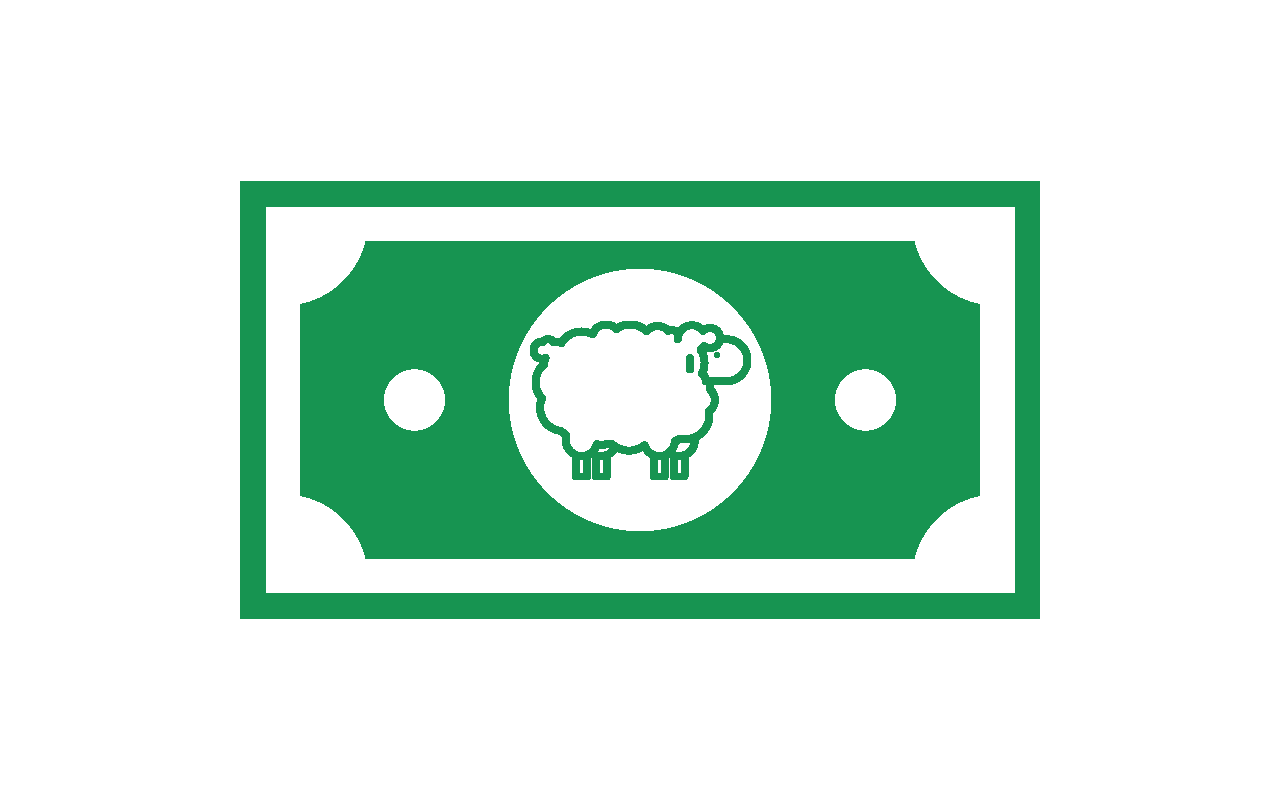Some risk accompanies any investment decision. with the assistance of probability, we can determine the right path to follow based on our choices
Bob invests in a farm with a mind for return. this return can be looked at as a random variable cause its outcome is unknown. By having different outcomes each can be referred to as an event and the likelihood of happening is termed a probability
To state the probability above following purchasing the farm. the farm has a 0.5 chance of succeeding or failing. This state of failing or succeeding are events and mutually exclusive ie they can not occur simultaneously. it should be noted the collection (set) of all events should sum to 1 and hence can be termed exhaustive
Seems like a task Bob just wanted to farm and make money now there is math wheu. let’s take it slow first let us determine the relative frequency of occurrence based on historical data and produce what is called an empirical probability. we can review data such as which farms grow what in the area and how much they sell it for and what they get in return ie 500 farms in the area made a profit and 1000 farms made a loss and therefore the empirical probability of making a loss on the farm is 500/1000 = 0.5
if we don’t have data, the relationships between events are not obvious or the event is rare then we use subjective probability. this involves judgment based on experience. Bob being a farmer can draw conclusions based on past experience of ownership of land
Bob if inexperienced can settle on a prori probability ie by reasoning and logic. the prori and empirical probability do not vary between people and therefore are termed objective probabilities
finally but not lastly let us look at the odds for all those gamblers out there . if Bob was told that the odds for him earning a profit were 24 to 1 this means the probability for that event is 1/(1+24) = 0.04 .odds are usually termed as for or against an event. the probability against is 24/(1+24) = 0.96

